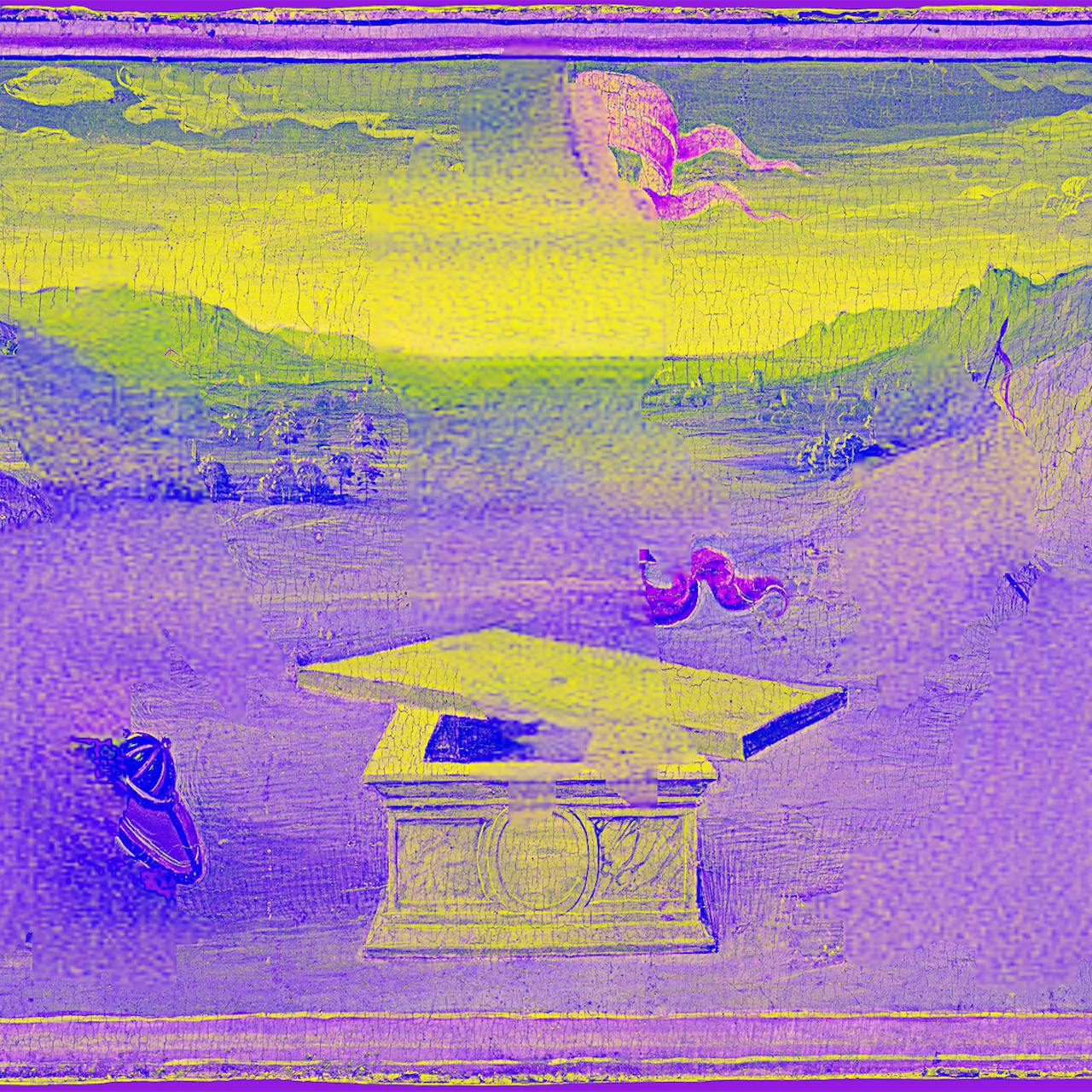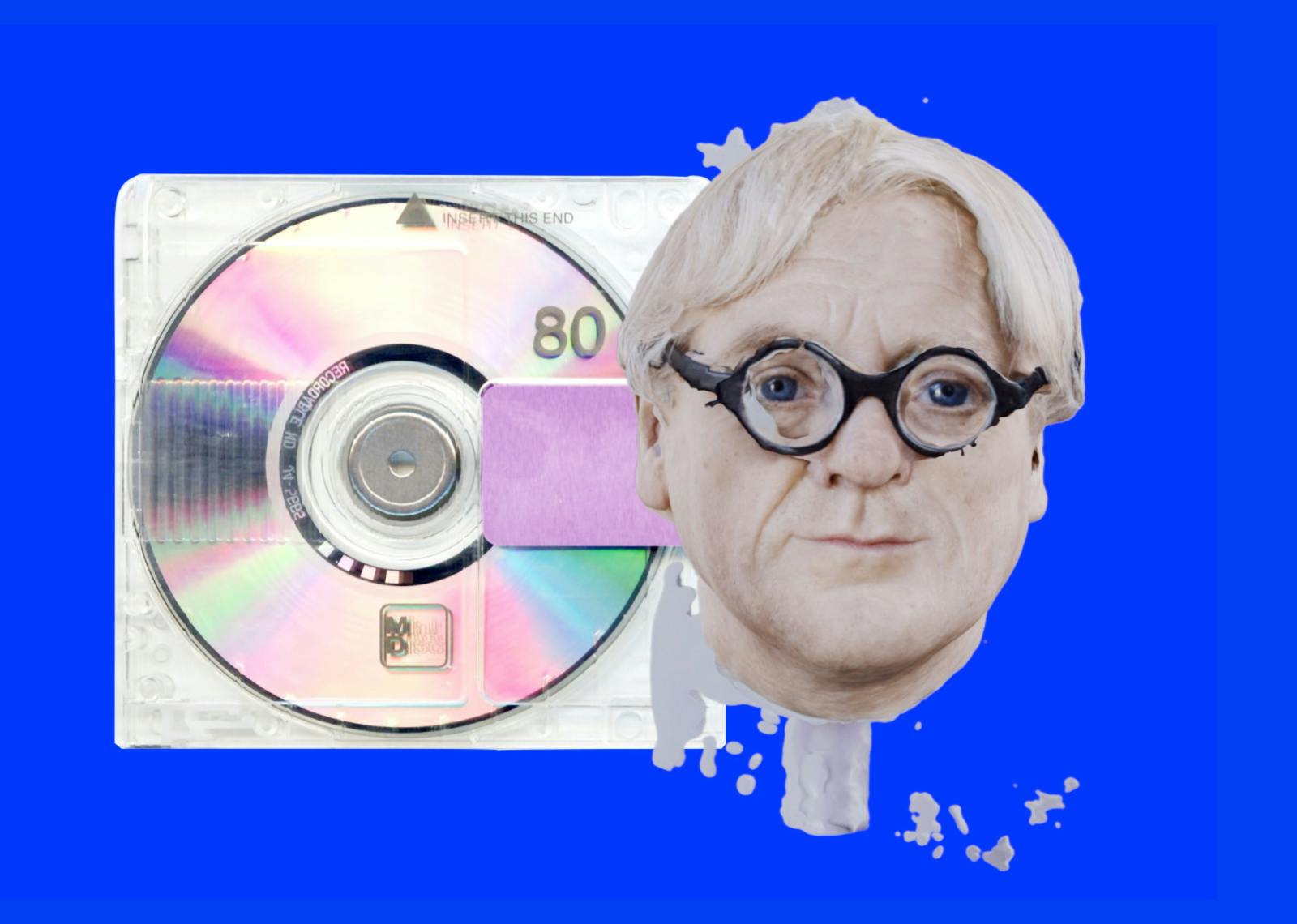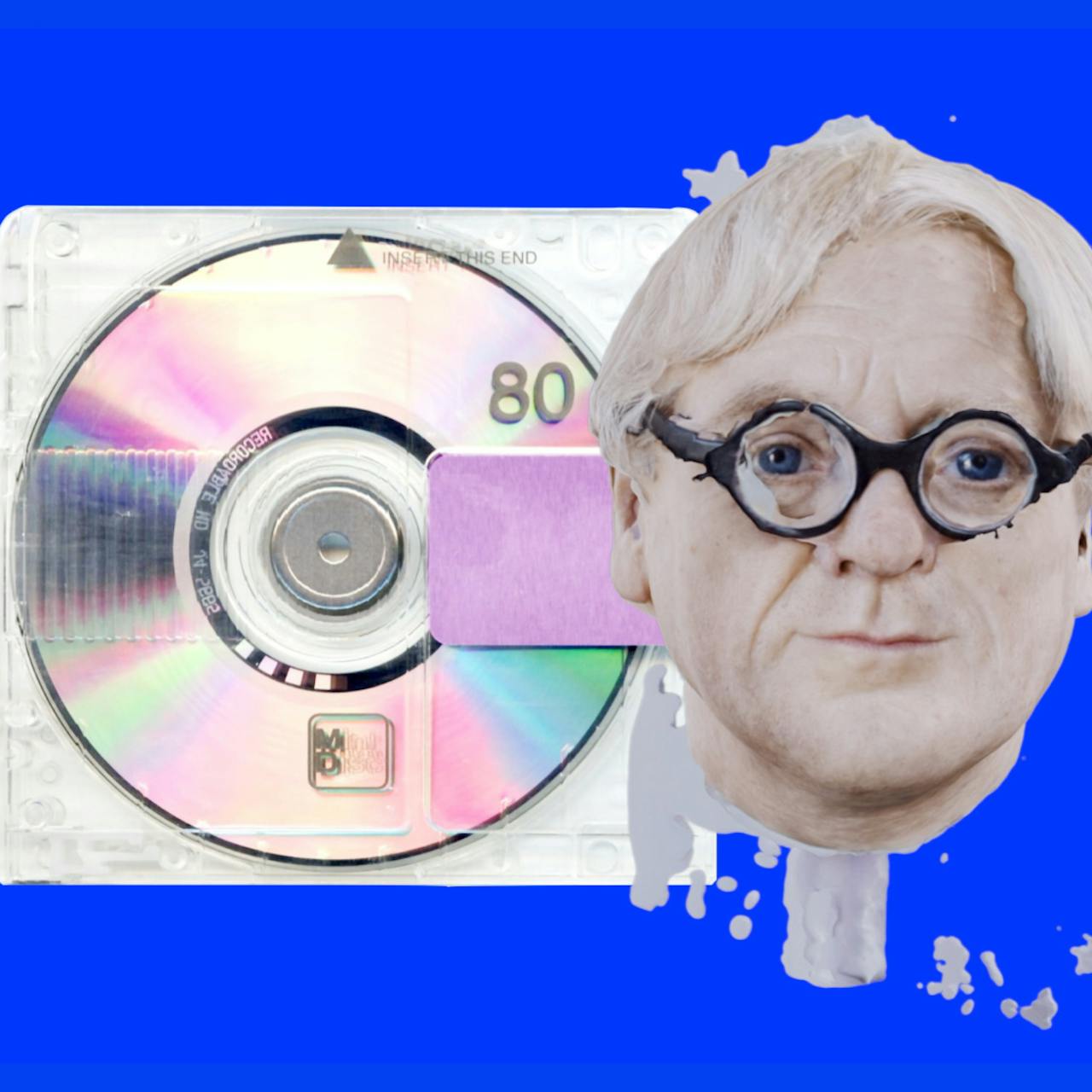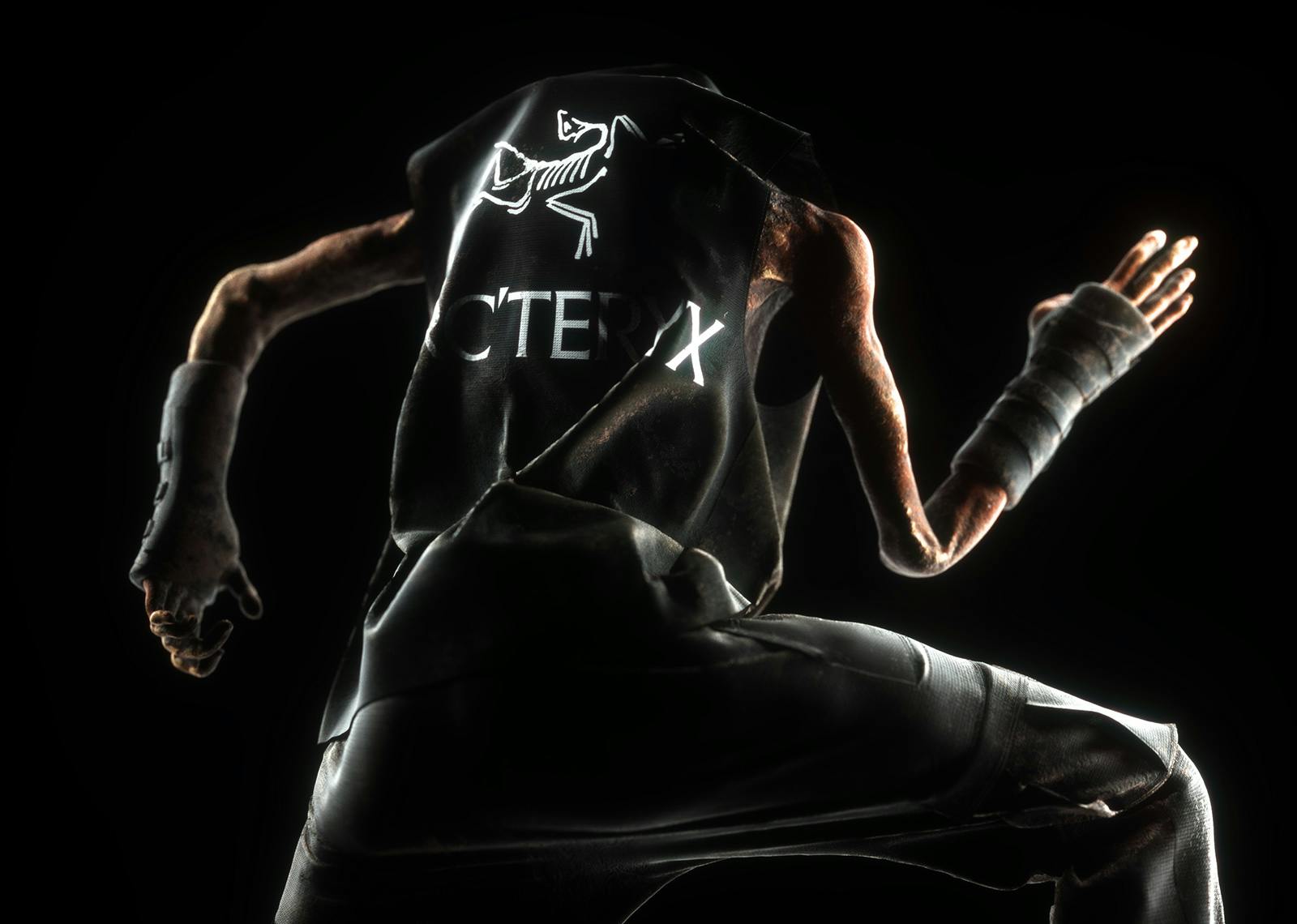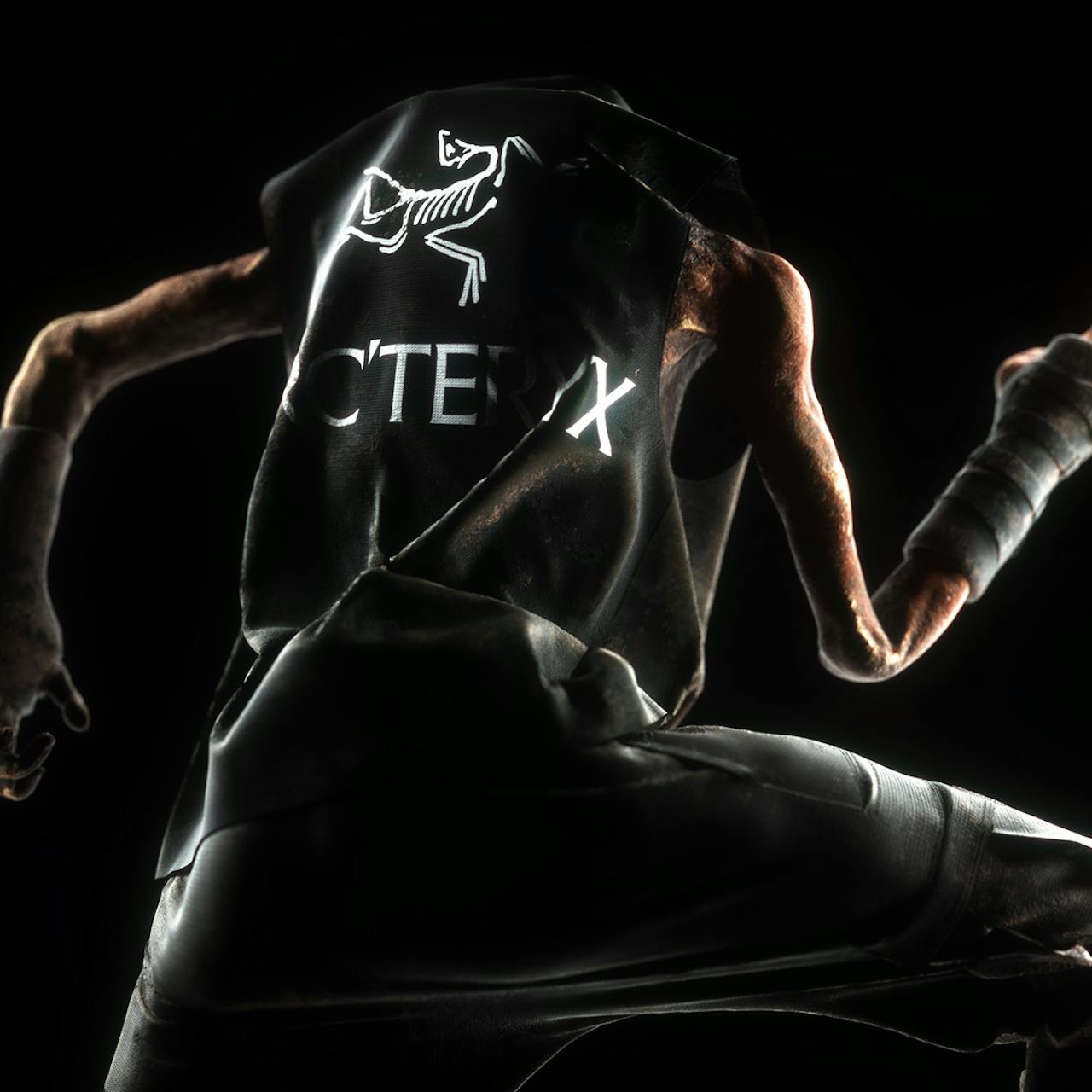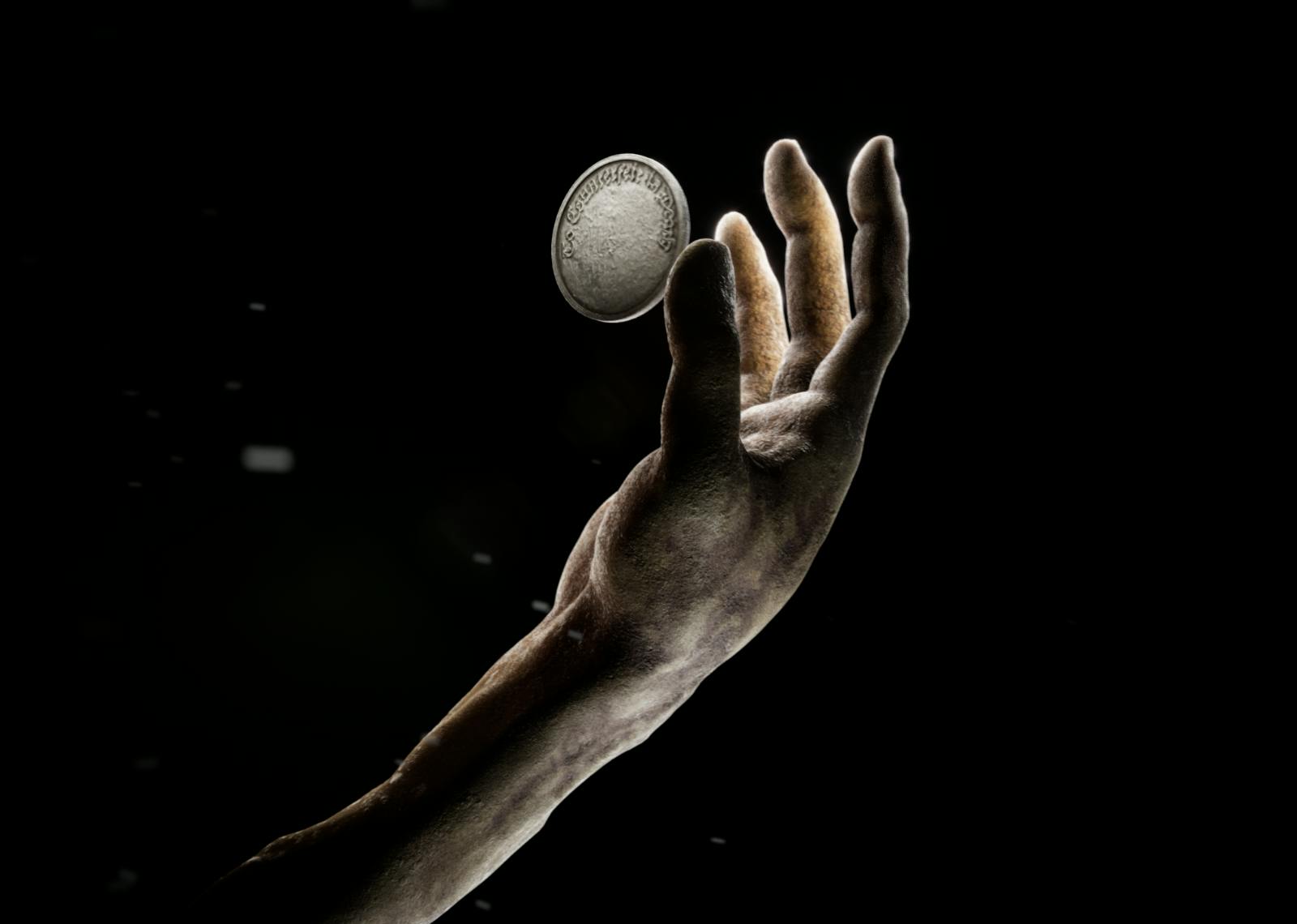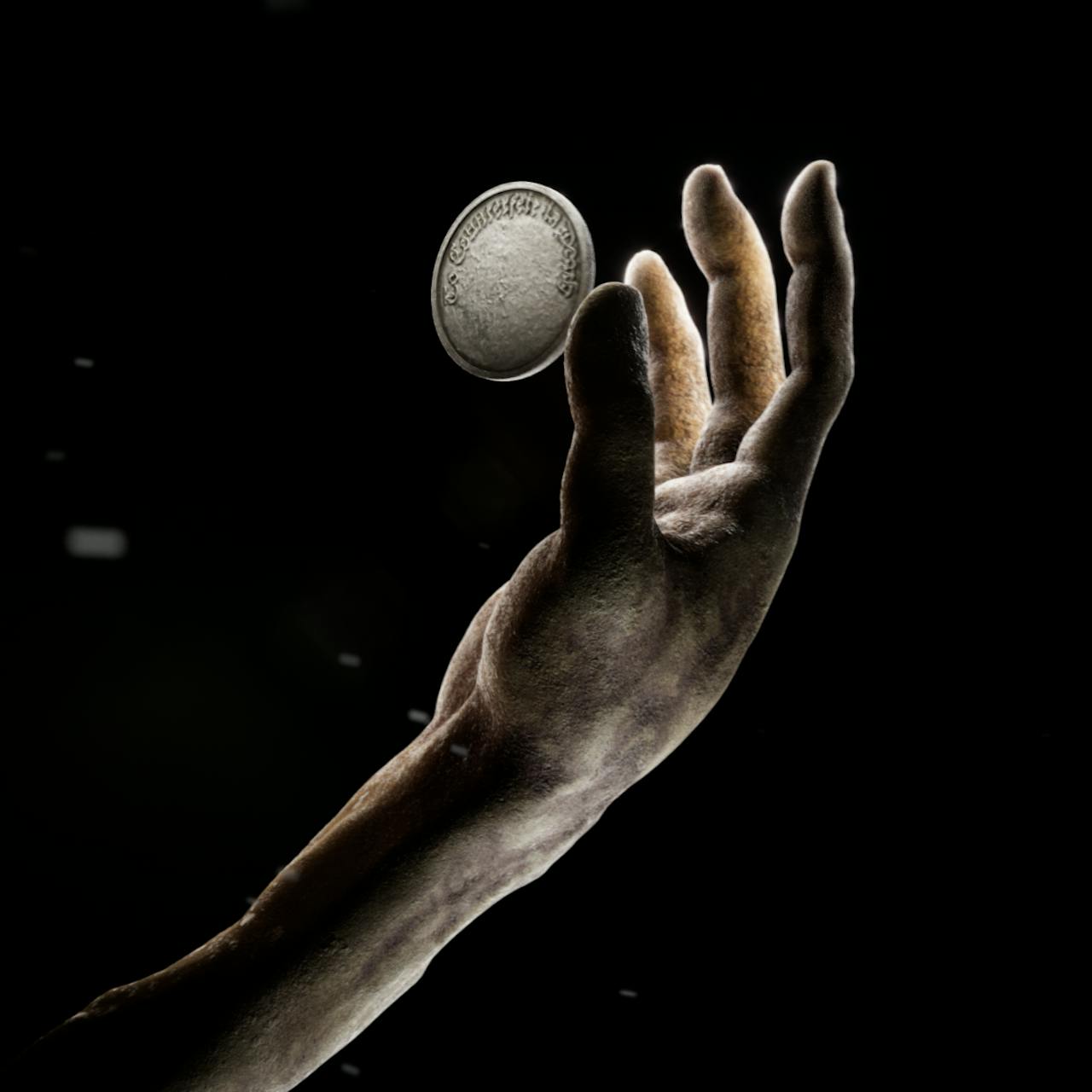I Hated Graphic Design
The term graphic design is properly supposed to describe a specific professional managerial role in a twentieth-century division of labor, but, frankly, that’s the kind of dutiful historical fidelity you can forget about with Gilbert. You know graphic design when you see it: /imagine innocent off-white device isometric 3D render, background cool pastel gradient, font ultralight techno-medieval. Sighting confirmed.
Gilbert is an amateur historian of graphic design. Impeccably sculpted in silicone, resin, oil paint, and human hair, yet quite at home on the internet. They’re certainly not the kind to get hung up on small details. They once commented “looks like a david rudnick ❤️” on a Cultural Tutor post about sixteenth-century woodcuts, lol. As graphic design arrives at its sublime conclusion, who did what first seems trivial anyway.
Gilbert says graphic design is capital’s fixer and capital’s lapdog. What an incredibly senseless predicament. Capital loves it when you protest because graphic design. Billionaire rapper wears IN THE DUST OF THIS PLANET leathers because graphic design. CIA rebrands as a student techno night because graphic design. And yet, and yet, in prospective digital realms, graphic design is the world-building skillset. Genuine creative industries superpower. Founding a next-gen DeFi primitive? Building a permissionless hyperverse? Rolling out a benign brain-computer interface? Graphic designers conjure futures with their bare, RSI-ravaged, hands. They probably ought to unionize, but that’s on ice for now.
This series tells the story of how graphic design was dreamed up by some frighteningly old Euro males in order to automate their ugly cousins out of the Lord’s work. Graphic design turned out to be highly persuasive communicology, went a little out of control, but then spent half a millennium years grinding the gears of its legacy hardware. Computerization set graphic design free, ushered it into the incandescent digital light, only for it to be tragically captured, reduced to mere templates, and paraded unceremoniously around contemporary visual culture on a giant platform that tracks your eyes. You can’t look away.


